Social media is an interesting thing, isn’t it? We can see what old friends are up to. We can upload photos from recent family gatherings. We can even talk to complete strangers there. And that’s just from a personal perspective.
As a business owner, social media opens you up to a wide variety of opportunities to market your business, find leads and forge new partnerships. But it can easily get overwhelming.
Do I need a Pinterest page? Is LinkedIn relevant anymore? What about this thing called Snapchat???
Not only that, social media marketing can have the opposite effect than was originally intended. Rather than expand your online presence and brand reputation, a poorly planned and executed social media presence could tarnish your reputation.
So, here’s what you need to do:
Never forget that social media is an offshoot of your website and brand.
In other words, your social media pages need to be well-thought-out, well-cared-for and 100% consistent with your coaching website. The following guide will walk you through some pointers and examples of how to do this.
How to strengthen your social media presence
This isn’t the first time we’ve looked at the juxtaposition between your coaching website and social media. But there’s more to social media marketing than just having a Facebook business page.
If you want to get the most out of all that social media has to offer, do the following:
1. Choose the right platforms for you
Notice how I didn’t say, “Choose the right platforms for coaches.” That’s because there’s no one perfect formula for everyone.
For instance, Dominique Ara includes social follow links for Facebook, Twitter and LinkedIn on her Contact page:
Really, what matters is that you find a platform (or platforms):
- Where your audience hangs out.
- That you feel comfortable using.
- That makes sense for the kind of business you run.
In other words, use platforms that will give you a good return on the time you invest in them.
I’d suggest starting with Facebook if you want to build a community around a group. Then, branch out to Instagram if you have lots of well-designed and attractive photos to share. Finally, move into YouTube if you’re producing videos for your audience.
You can experiment with other platforms like Twitter and LinkedIn to see if they’d be a good fit, but these image- and video-centric ones are likely to be the best places to start.
2. Only include social follow icons on the Contact page
While it’s important to attract and grow an audience on social media, you never want to do so at the expense of your website. That’s why it’s never ideal to place social media “follow” icons on every page of your website.
When you give website visitors the option of exploring your social media pages, you’re giving them an excuse to leave your website. Your goal is to get them to stay until they schedule a call, right? So, do as Insley Consulting does and place your social media links on the Contact page (where they belong):
There is another spot where social media links can appear on your website and that’s in your blog. However, social “share” icons typically don’t push your visitors away from your site. They simply give them a way to share your content on their own feeds before returning them to what they were doing on your website.
3. Be consistent with branding
One of the great things about building a social presence across multiple platforms is you can deliver a custom experience on each. For example:
- Your Facebook page to promote your services and provide an extra point of contact through Messenger.
- Your Instagram page to share inspirational memes as well as photos that give a behind-the-scenes glimpse of your company.
- Your YouTube page to publish free tutorials that anyone can use and get a taste for what it’s like to work with you.
Just keep in mind that you want to maintain consistency between your website and social media as much as possible.
One of the ways to do this is by using the same brand name across all your properties. Another is to use the same brand image and banner.
Dr. Jaqueline Lewis has a beautiful example of how to create a consistent brand image. This is her website:
And this is her Facebook page:
Notice how her Facebook handle (@) matches her website. It’s not a variation of the brand name like “Jackie” or “Caring for Women”, which could cause undue confusion when someone tries to find her on Facebook. The same goes for her profile image and social media banner. If someone were to go from the website to social, or vice versa, they’d immediately know that it’s the same person.
This is good not just for maintaining consistency across your properties, but also in reinforcing your brand’s identity online.
4. Align your stories
Each social media platform gives you a chance to tell your “story”. In some cases, you’re given a couple dozen words or so to do it. In other cases, entire pages. Just keep in mind that you want the messaging to be consistent with the story you tell on your website, but you want it written for the social media platform you’re on.
Let me show you an example from Claire Bradshaw.
This is the story Claire shares on the About page on her website:
As you can see, the story isn’t really about her. It’s about the “you” she works for.
Then, turn to her Facebook page:
This is where she actually talks about herself and her strengths as a life coach and yoga instructor. This makes sense because it’s her personal page. People expect to connect one-on-one with someone here.
Her Instagram page gives us another view of her story:
This one is written in short, social media “speak” with emoji galore. Since Instagram is all about the visual story we share with others, this is the perfect way to get one’s message across. Just don’t forget to provide a link back to your site!
5. Put a lot of care into your profile images
Images are a critical part of your website. They tell stories, evoke emotion and strengthen the memorability of your brand. The same is true for images you put on your social media pages.
What’s nice about social media is that you don’t have to worry about the size or quantity of images slowing down your page speeds. Which is why you should capitalise on this opportunity and share as many relevant and eye-catching images as you can:
- Include a well-framed headshot or logo at the top of your pages.
- Create a banner that matches the strong design elements from your website.
- Include images and videos in all of your posts to quickly grab attention and ensure your content stands out from the endless feed of content pouring in.
Amanda Jane has a great example of how to make your social media images stand out from everyone else. Here is her Instagram page:
These photos on their own bring with them an aura of mystery: “What exactly am I looking at?” It’s only when a follower zooms out and looks at the whole of her page that they can put all the pieces together. It’s a fantastic strategy for keeping followers engaged and returning to a page regularly.
6. Write in social speak, but stay on brand
It’s okay to adopt a more conversational and abbreviated way of speaking on social media — especially when most platforms only give you about 100 words to get your message across. So, don’t be afraid to let GIFs, emoji and hashtags speak on your behalf.
Here’s a good example of someone who’s embraced social media speak while staying true to her brand:
Suzanne Bowen includes a great mix of personal photos, professional tutorials and inspirational memes on this page.
She’s still on brand with her messaging, but she’s adopted social media speak to more succinctly and effectively connect with her audience here.
Another point of inspiration you can take from this page is the branded hashtag in the bio: #shaketochange. This is something she says in her classes and it’s a phrase she’s become synonymous with.
If your business has a unique catchphrase, don’t be afraid to include it. It’s great for strengthening your brand name while also giving your community an easy way to find one another.
Wrap-Up
Keep in mind that your social media pages shouldn’t exist in a bubble. You’ve created them to serve as an offshoot of your website, so they should help you drive traffic back to your website where social leads can engage further with your brand and, eventually, convert.
Creating a strong social presence and visual identity will help you grab social media users’ attention and get them thinking and talking about your brand. But you need to give them something worth their time.
If you need help setting the wheels in motion on your content marketing strategy, reach out to The Good Alliance and start making the most of all that social media has to offer your business.

Suzanne Scacca
Content Writer
Suzanne Scacca is a freelance writer, specialising in web design, marketing, and technology. She also teaches classes at Skillshare and is a sucker for movies, food, and dogs.


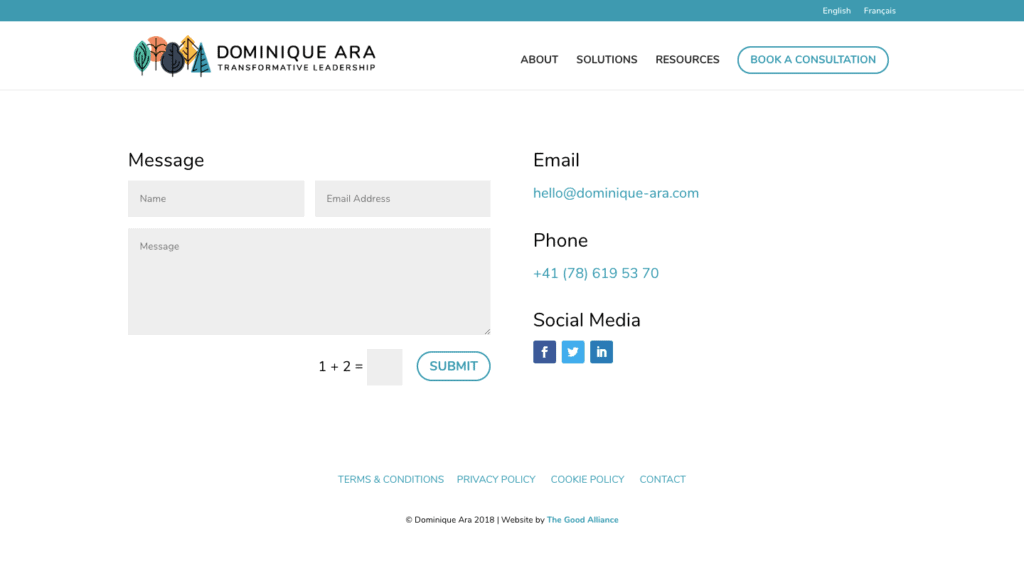
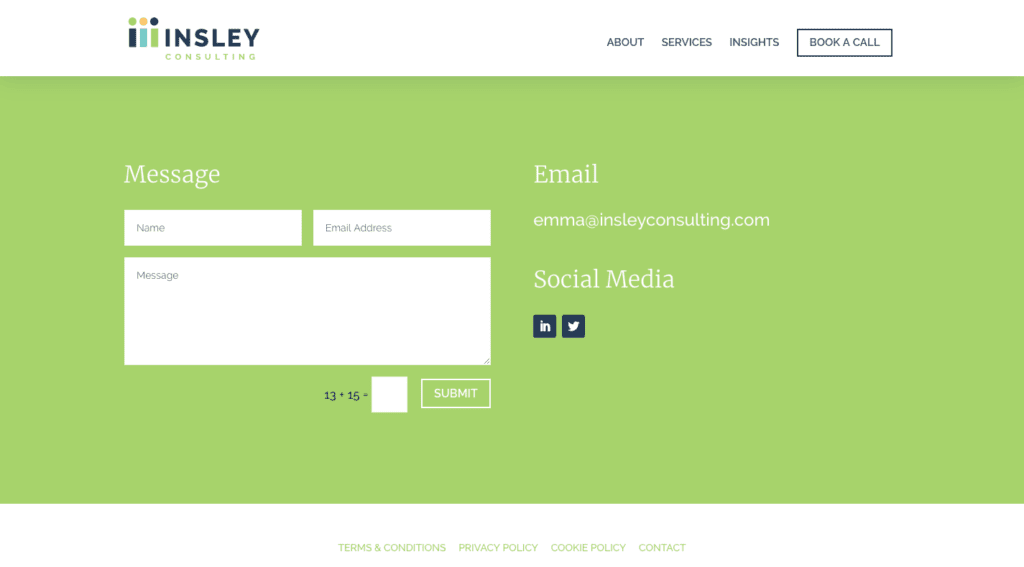
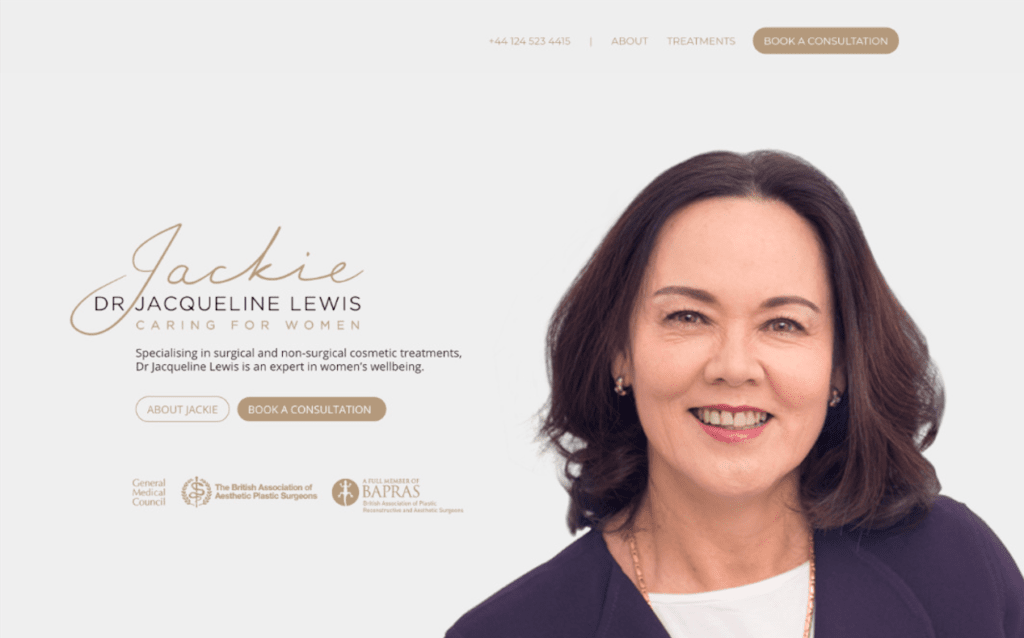
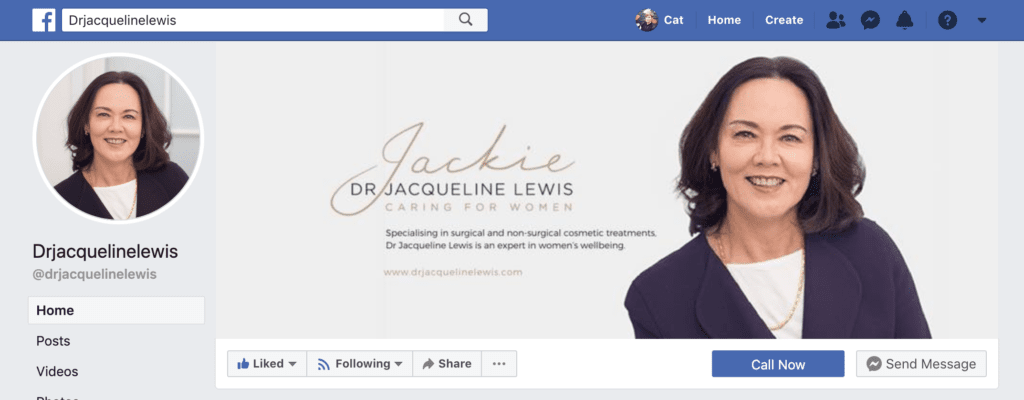
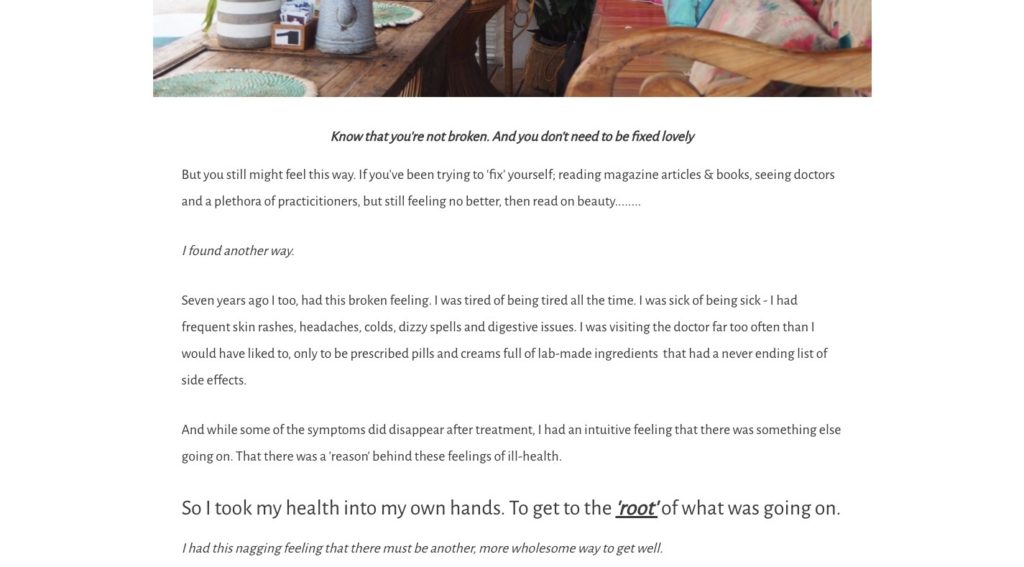
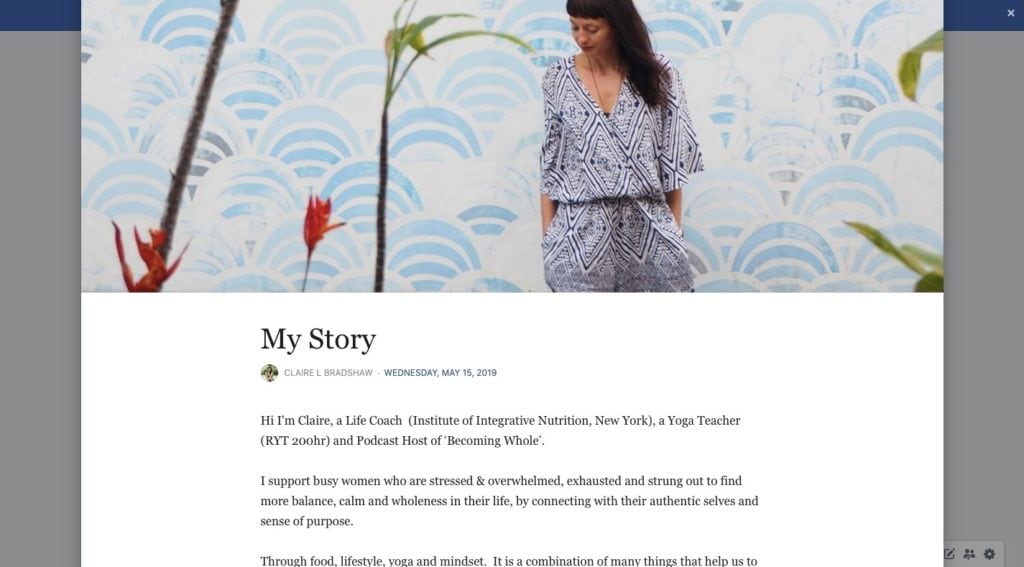
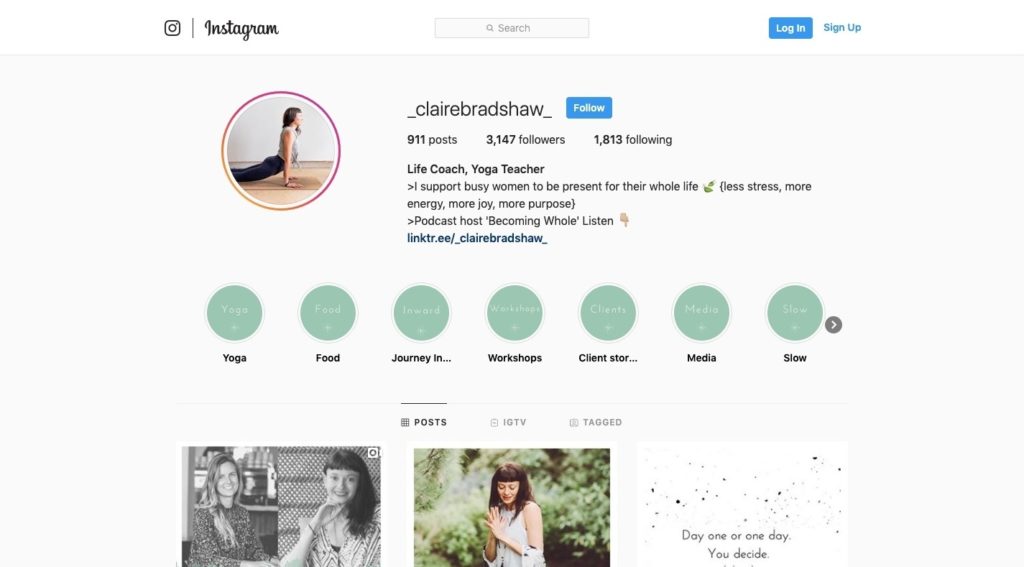
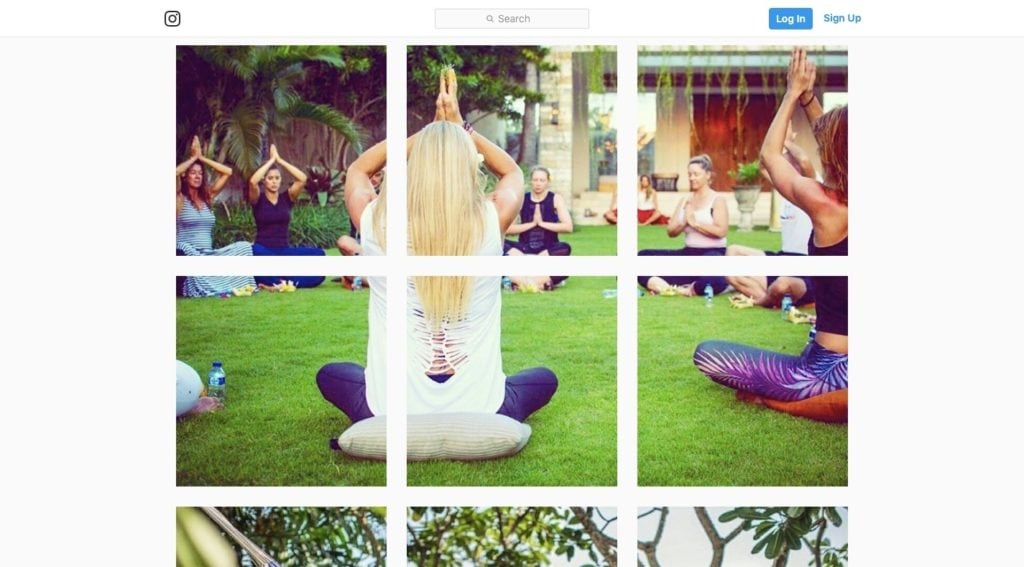
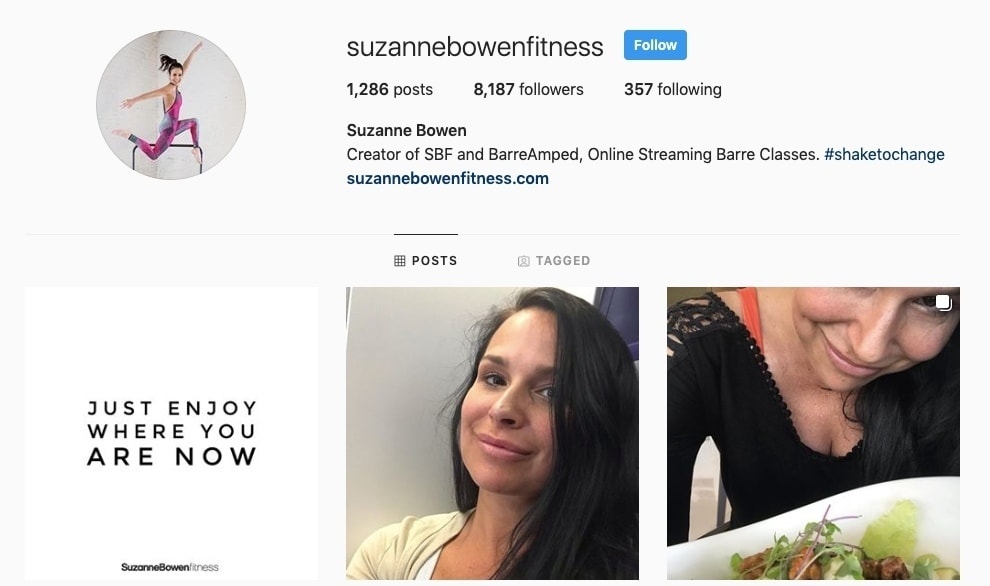
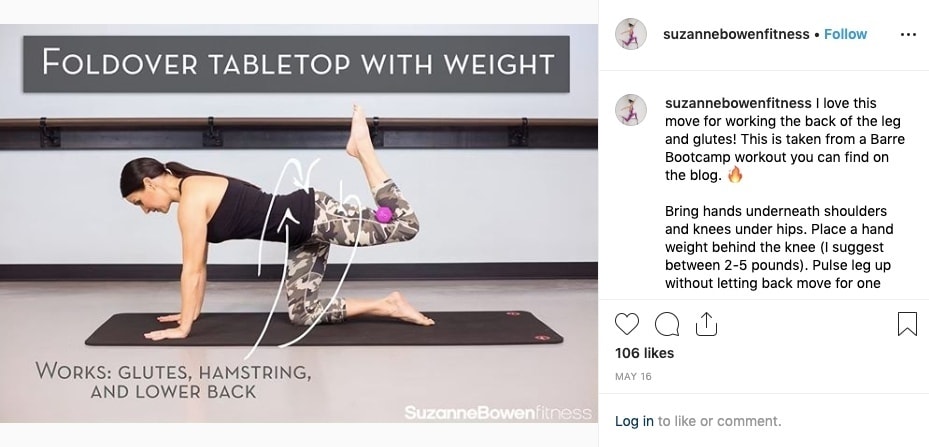












0 Comments